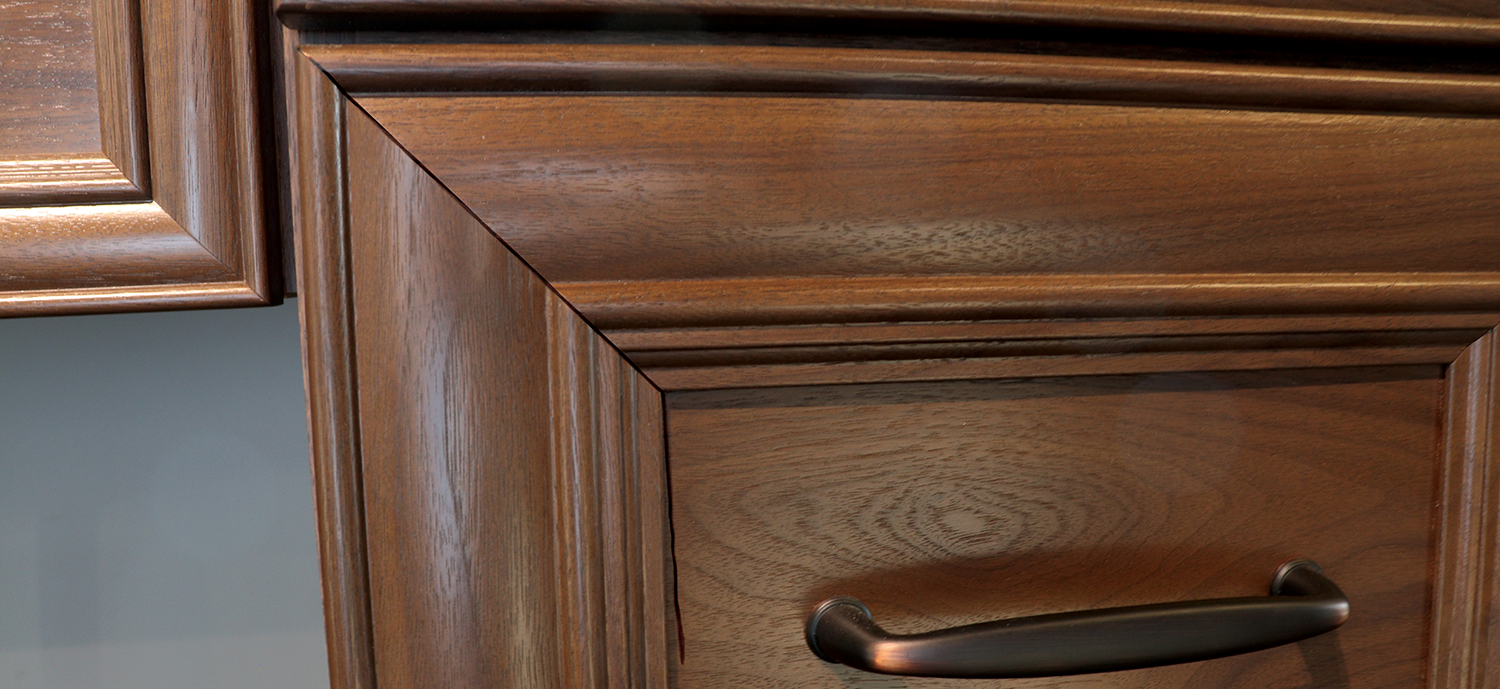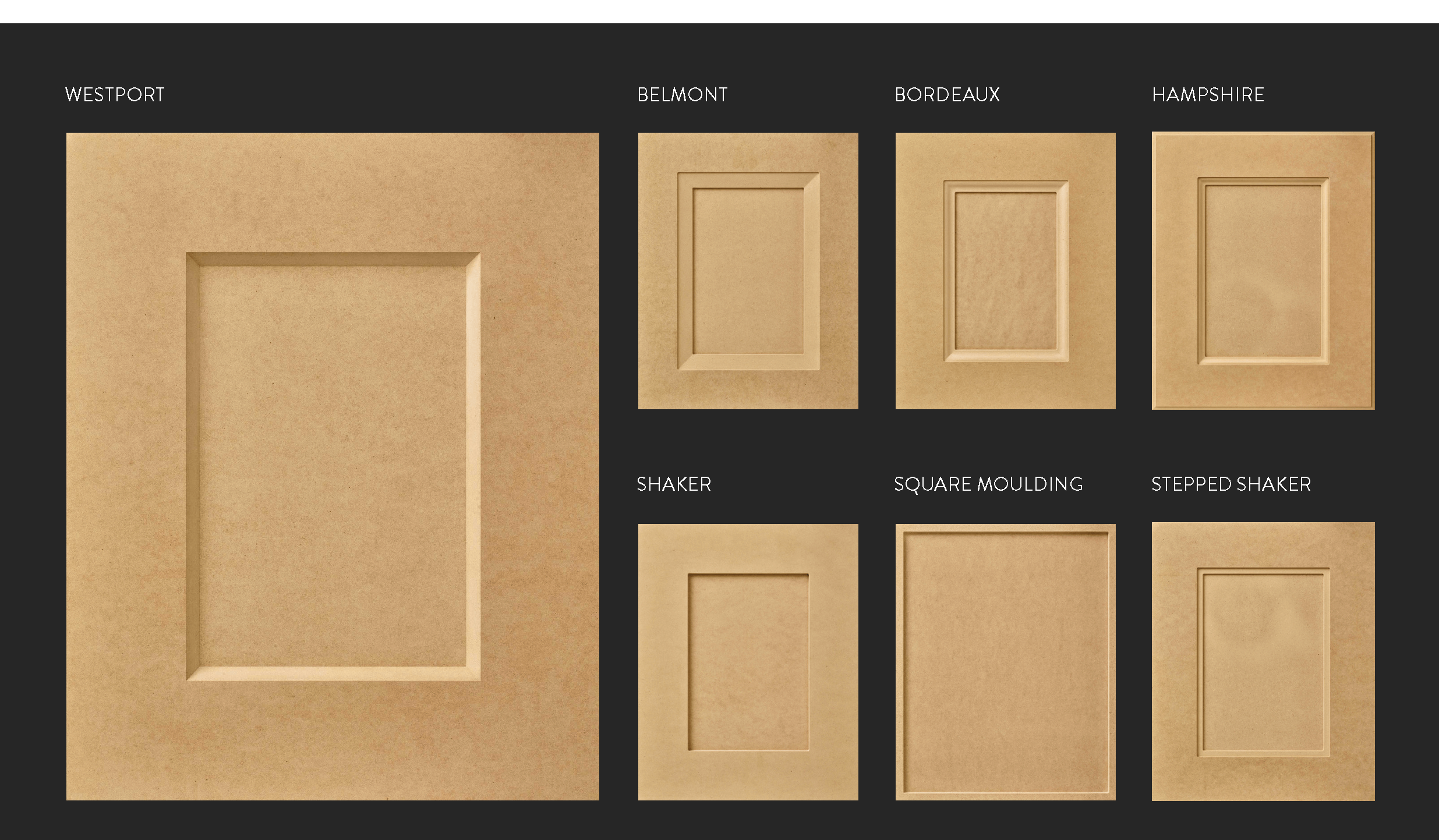Raw MDF Cabinet Door Manufacturing Process: Raw Mdf Cabinet Doors

Alright, buckle up, buttercup! We’re diving headfirst into the wild world of raw MDF cabinet door creation. Think of it as woodworking, but with a whole lot less sawdust and a whole lot more precision. We’re talking about those blank canvases, the foundation upon which kitchen dreams are built (or at least, the cabinets that hold them).
Raw mdf cabinet doors – The journey of a raw MDF cabinet door begins, surprisingly, not in a magical woodworking fairyland, but with the selection of raw materials. High-quality MDF (Medium-Density Fiberboard) is the star of the show. This stuff is basically compressed wood fibers, glued together with resin – think of it as a super-dense, surprisingly strong, and very versatile wood substitute. The quality of the MDF directly impacts the final product, so choosing the right stuff is crucial. We’re talking density, consistency, and the right amount of “oomph” to withstand the rigors of cabinet life.
MDF Cabinet Door Manufacturing Steps
The process is a carefully choreographed dance of machinery and skill. It’s not just about throwing some MDF into a box and hoping for the best; there’s a method to this madness.
- Cutting: Giant CNC routers (think super-powered jigsaw puzzles) are programmed to cut the MDF sheets into the desired door sizes and shapes. Precision is key here – a millimeter off, and you’ve got a door that doesn’t quite fit. It’s a bit like trying to fit a square peg in a round hole, except with significantly more expensive materials.
- Shaping: Depending on the door style, additional shaping might be needed. This could involve routing out decorative profiles, creating raised panels, or adding intricate details. This step often involves more specialized router bits and a steady hand (or a very steady robotic arm).
- Sanding: Think of this as the door’s spa day. Multiple sanding stages, using progressively finer grits of sandpaper, smooth out any imperfections from the cutting and shaping processes. This ensures a flawless surface for the next step and prevents splinters. It’s all about that smooth, silky finish.
- Edge Banding: This is where the raw MDF gets a little dressed up. Thin strips of matching or contrasting material (often PVC or melamine) are applied to the edges of the door to protect it from moisture and damage. It’s like giving the door a stylish, protective belt. This step is done with specialized edge banding machines, and it’s surprisingly satisfying to watch.
Comparison of Manufacturing Techniques, Raw mdf cabinet doors
There are several ways to skin a cat (metaphorically speaking, of course!), and similarly, there are several ways to manufacture MDF cabinet doors. Each has its own pros and cons.
| Technique | Advantages | Disadvantages | Suitable for |
|---|---|---|---|
| CNC Machining | High precision, complex designs possible, fast production | High initial investment in equipment, requires skilled operators | High-volume production, custom designs |
| Manual Machining | Lower initial investment, more flexibility for small batches | Slower production, less precision, more labor intensive | Small-scale production, unique designs |
| Combination (CNC & Manual) | Balances speed and flexibility, allows for customization | Requires skilled operators for both techniques, higher labor costs | Medium-volume production, a mix of standard and custom designs |
| Automated Assembly Lines | Very high production volume, consistent quality, minimal labor | High initial investment, inflexibility for design changes | Mass production of standardized doors |
Machinery and Tools
Let’s talk tools! It’s not just hammers and saws, folks. Manufacturing raw MDF cabinet doors requires a sophisticated arsenal of machinery.
- CNC Router: The workhorse of the operation, precisely cutting and shaping the MDF. Think of it as a super-powered, computer-controlled jigsaw.
- Edge Banding Machine: Applies the protective edge banding, ensuring a clean and durable finish. It’s like a fancy glue gun on steroids.
- Sanding Machines (belt and orbital): Smooths the surfaces to perfection, removing imperfections and preparing for finishing. These are the key to achieving a super smooth surface.
- Presses: Used in edge banding to ensure a strong bond between the MDF and the banding material. They apply even pressure, guaranteeing a perfect seal.
- Various Hand Tools: While much of the process is automated, hand tools are still used for finer details, adjustments, and quality control. Think chisels, hand planes, and specialized measuring tools.
Properties and Characteristics of Raw MDF Cabinet Doors
![]()
So, you’ve got your raw MDF, ready to become the next generation of stunning (or at least functional) cabinet doors. Let’s dive into the nitty-gritty of what makes this stuff tick – or, more accurately, *doesn’t* tick, since it’s not exactly known for its lively personality.
MDF Density, Moisture Content, and Strength
MDF, or Medium-Density Fiberboard, isn’t just some random wood pulp mash-up. Its properties are precisely engineered for specific applications. Density, typically ranging from 500 to 800 kg/m³, directly impacts its strength and stability. Higher density generally means a stronger, more resistant door – perfect for those ambitious DIYers who like to slam their cabinets shut with gusto. Moisture content is crucial; too much, and your door becomes a warped, wobbly mess. Think of it like a soggy biscuit – not ideal for holding your prized collection of porcelain thimbles. Typical moisture content for MDF is around 6-8%, but this can vary based on storage conditions. Strength-wise, MDF excels in compression and holds screws well, making it a handy material for cabinet construction. However, it’s less impressive when it comes to bending strength. Don’t try to make a curved door out of it unless you’re prepared for a wrestling match with stubborn wood fibers.
Comparison of Raw MDF, Solid Wood, and Plywood for Cabinet Doors
Let’s face it, MDF isn’t the only kid on the block when it comes to cabinet door materials. Solid wood and plywood are also vying for attention. So, let’s stage a little showdown:
| Property | Raw MDF | Solid Wood | Plywood |
|---|---|---|---|
| Cost | Generally less expensive | Generally more expensive | Moderately priced |
| Strength | Good compressive strength, weaker in bending | High strength and durability | Good strength, especially in bending |
| Workability | Easy to machine and finish | Can be challenging to work with, especially hardwoods | Relatively easy to work with |
| Moisture Resistance | Susceptible to moisture damage | Naturally more resistant, but still needs protection | Moderate moisture resistance |
| Appearance | Uniform, smooth surface; requires finishing | Natural grain and texture | Layered appearance, but can be finished smoothly |
Remember, this is a general comparison; specific properties can vary depending on the type of wood, plywood grade, and MDF density.
Internal Structure of an MDF Cabinet Door
Imagine slicing an MDF cabinet door in half – not literally, unless you’re feeling adventurous. You’d see a fairly uniform structure. The core is made of finely ground wood fibers, densely packed together and bonded with resin. This core provides the structural integrity. Depending on the door’s thickness, there might be a slightly denser layer near the surfaces, created by the manufacturing process. This denser layer offers improved surface smoothness and allows for a better finish. Think of it as the door’s “makeup” – it hides the imperfections and allows for a sleek, professional look. The overall structure is designed to be flat and stable, minimizing warping and bowing, unlike some other materials that might have more noticeable grain patterns or inconsistencies. This uniformity is one of MDF’s biggest advantages when it comes to creating smooth, flat cabinet doors.
Finishing and Customization of Raw MDF Cabinet Doors
_Page_2.png)
So, you’ve got your raw MDF cabinet doors – basically, blank canvases begging for a makeover. Let’s get these beauties ready for their close-up! Think of this as the “before” and “after” photos of a major home renovation, except the “after” is entirely up to your creative whims. Get ready for some serious door-decorating action!
Surface preparation is key, folks. Imagine trying to paint a wall covered in dust bunnies – disaster! Similarly, MDF needs a smooth, clean surface. We’re talking sanding (with progressively finer grits, naturally – no one wants splinters!), filling any imperfections with wood filler, and wiping it all down with a tack cloth. Think of it as prepping for a spa day for your doors. This is the foundation for a perfect finish.
Painting MDF Cabinet Doors
Painting is the most versatile option. You can achieve a sleek, modern look with a solid color, or go wild with creative techniques like color blocking, stenciling, or even faux finishes like distressing for a vintage vibe. Consider using a primer specifically designed for MDF to ensure the paint adheres properly and prevents bleed-through. Multiple thin coats are better than one thick, gloopy one. Think of it as building layers of awesomeness. For a high-gloss finish, consider using a high-quality enamel paint. A matte finish provides a more subtle, sophisticated look.
Staining MDF Cabinet Doors
Staining lets the wood grain (or the faux wood grain you’ve cleverly created) shine through. MDF itself doesn’t have a natural wood grain, so you might consider using a wood grain effect technique to add texture before staining. Apply stain with a brush or rag, following the wood grain (or the faux grain), and wipe away any excess. Several thin coats will provide a richer, more even color. Remember, staining MDF requires a bit more finesse than staining solid wood. The key is to work quickly and efficiently to prevent uneven absorption. It’s like applying makeup – a light hand is essential.
Veneering MDF Cabinet Doors
Veneering is like giving your MDF doors a fancy, high-end makeover. Veneer is a thin layer of real wood (or other material) glued to the MDF surface. It instantly elevates the look and feel, offering a more luxurious and natural aesthetic. Proper preparation is crucial here – ensure the MDF surface is perfectly smooth and clean before applying the veneer. This process requires some specialized tools and techniques, but the results are worth the effort. Think of it as giving your doors a luxurious spa treatment, complete with a top-of-the-line wood facial.
Customizing MDF Cabinet Doors: Adding Decorative Elements
Once your doors are finished, the fun really begins! Adding decorative elements is where your personality shines through. Consider adding decorative molding, using raised panels, or incorporating metal hardware with unique designs. Think about the overall style of your kitchen – are you going for rustic charm, modern minimalism, or something more eclectic? The possibilities are endless! For example, a Shaker-style kitchen might benefit from simple, clean lines and subtle hardware, while a more ornate kitchen could handle intricate carvings and elaborate hardware.
Creating a Visually Appealing Infographic
Imagine an infographic with three main sections, each dedicated to one finishing method: painting, staining, and veneering. Each section would feature a large, high-quality image showcasing the finished result. For painting, the image might show a row of vibrant, colorful doors, highlighting different paint finishes (matte, gloss, etc.). The staining section could showcase doors with various wood stains, emphasizing the different tones and grain patterns achieved. The veneering section could feature doors with luxurious wood veneers, showcasing the rich textures and patterns. Below each image, a brief description would highlight the key advantages and considerations of each method, including estimated costs and time requirements. A small table summarizing the pros and cons of each method would be included at the bottom. The overall style should be clean, modern, and easy to read, with a consistent color scheme and clear typography.
